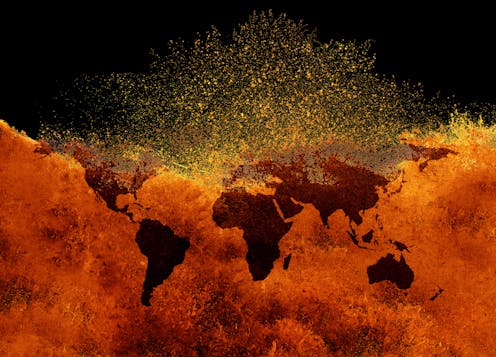

Authors: Debra J. Rosenthal, Professor of English, John Carroll University
Read more



